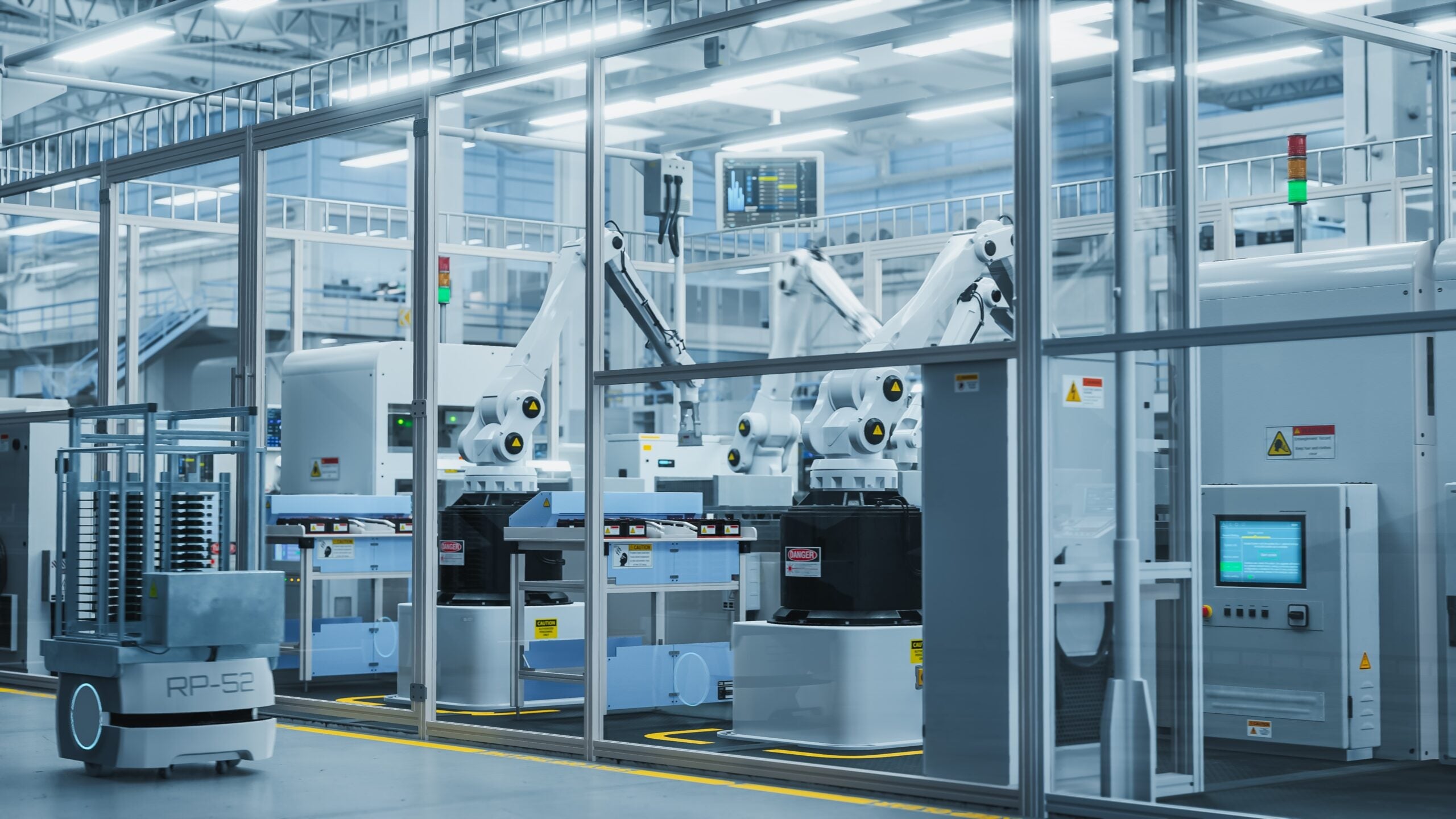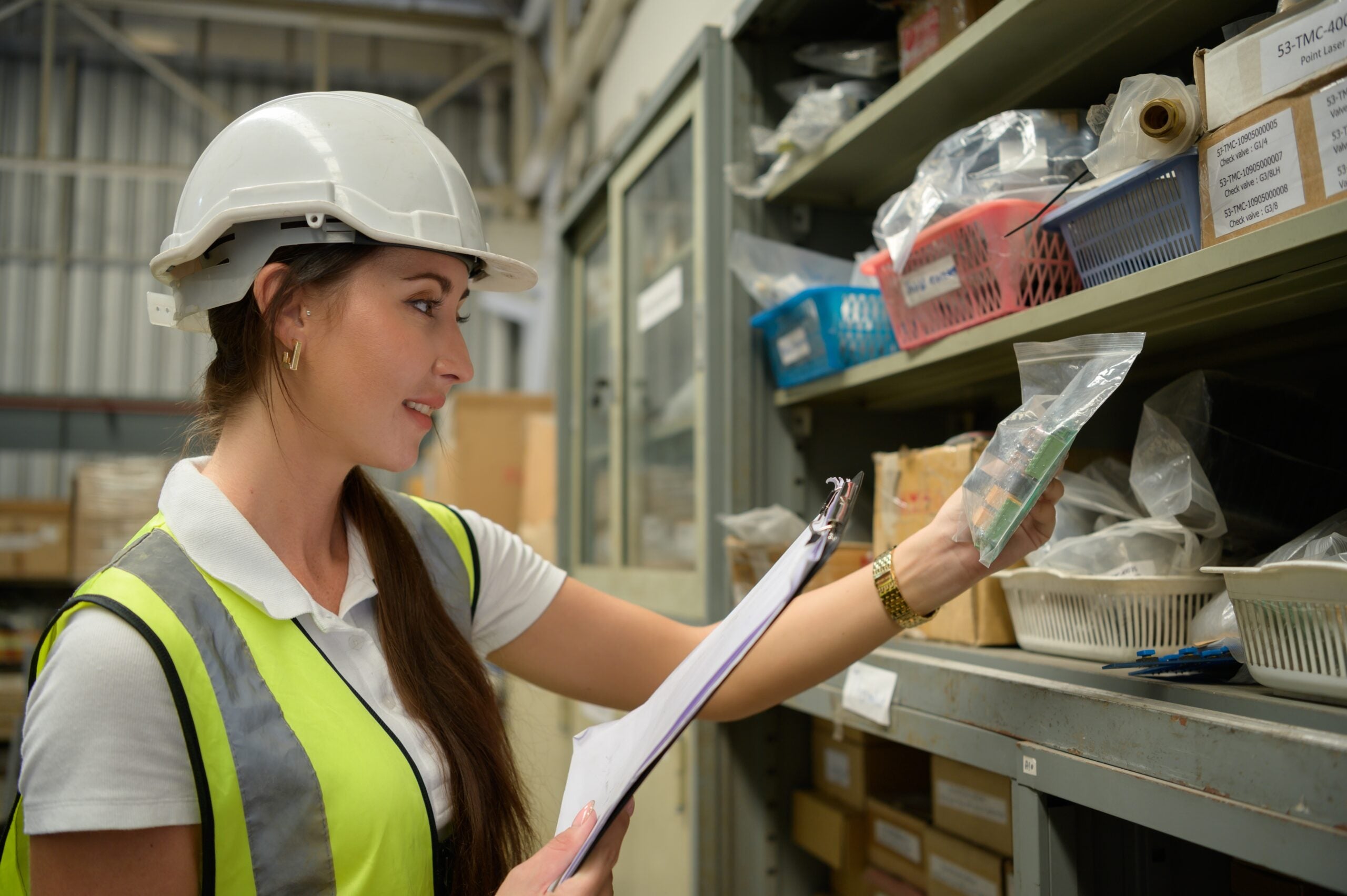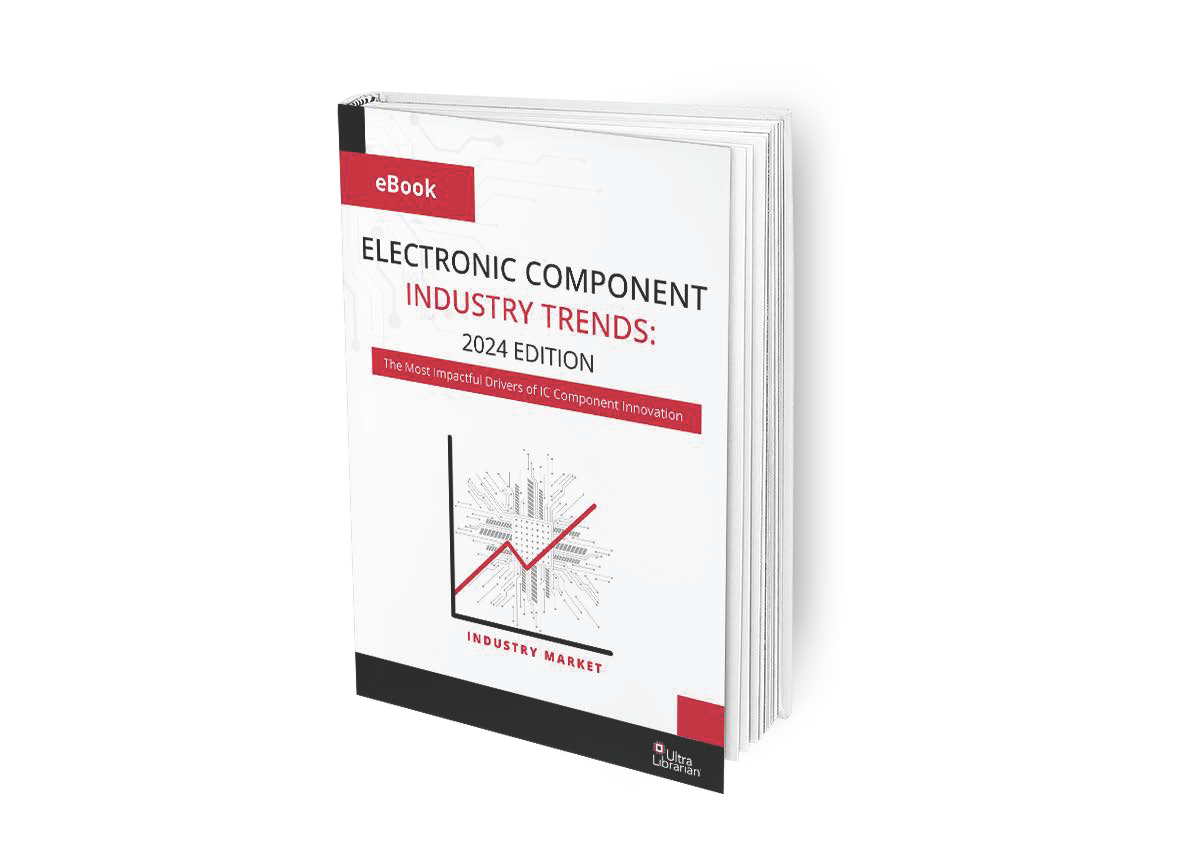
The trend toward more sustainable electronic components reflects broader societal environmental concerns, regulatory pressures to adopt more sustainable practices, consumer preferences for sustainable products, and corporate social responsibility programs. Sustainable components use eco-friendly materials like biodegradable and recycled components, many of which help engineers and developers create energy-saving designs. These components can be more costly than regular components, but they are more cost-effective regarding resource extraction, emissions, and waste.
Below is a table that looks at the cost and impact of different types of sustainable electronic components.
Sustainable Electronic Components: Cost and Impact | |||
Component Type | Material/Technology | Cost | Impact on the Environment |
Resistors | Recycled metal film | Moderate | Reduced emissions and resource extraction |
Organic polymers | High | Biodegradable, lower toxicity | |
Nanomaterials | High | Lower energy usage, high efficiency | |
Batteries | Solid-state batteries with recyclable materials | High | Reduced waste, no liquid electrolytes, longer life cycle |
Silicon-on-insulator | Moderate to High | Lower power consumption and heat dissipation | |
Recycled plastic or bioplastic | Moderate | Reduced plastic waste, materials are renewable | |
Gallium nitride (GaN) | High | Lower energy usage, high efficiency | |
Organic LEDs | High | Lower energy usage, no hazardous materials like mercury | |
Inductors | Ferrite cores with recycled materials | Moderate | Reduced environmental impact due to recycling |
PCBs | Biodegradable substrates | High | Reduced e-waste, increased use of renewable components and resources |
As the table suggests, the tradeoff between cost and environmental impact for sustainable electronic components is complex. While sustainable components often cost more, they can offer long-term benefits in terms of energy efficiency, reduced waste, and improved durability. In some cases, the initial cost premium may be offset by lower operating costs or extended product lifespans. However, the tradeoff will vary depending on the component type, the sustainability practices, and overall market dynamics.
Integrating Sustainable Electronic Components Into the Distribution Process

Distributors can and do take strategic and operational measures to include sustainable electronic components in their product offerings. Here’s how they can integrate sustainable components effectively:
1. Supplier Partnerships and Sourcing
- Sustainable Manufacturers: Partner with IC and electronic component manufacturers that understand the importance of sustainability, such as using eco-friendly materials, reducing energy consumption, and adhering to green manufacturing processes.
- Certifications and Standards: Ensure components meet sustainability certifications and standards, which helps filter suppliers based on their environmental impact.
2. Inventory Management
- Green Inventory Categories: Categorize and label sustainable components in inventory systems, making it easier for customers to identify and select eco-friendly options.
- Demand Forecasting: Employ demand forecasting to reduce excess inventory by ordering only what is needed based on sustainable demand trends.
3. Product Information and Transparency
- Detailed Component Information: Provide detailed information about the environmental impact of components, including life cycle assessments, recyclability, and energy efficiency.
- Sustainability Index: Develop a sustainability index or rating system for components, helping customers make informed decisions based on environmental impact.
4. Logistics and Distribution
- Eco-friendly Packaging: Use biodegradable or reusable packaging materials to reduce waste in the distribution process.
- Carbon-Offsetting Programs: Employ carbon-offsetting initiatives for transportation and distribution to minimize environmental footprint.
5. Customer Education and Support
- Sustainability Training: Train sales teams on the benefits and importance of sustainable components through webinars, workshops, and resource guides.
- Incentives for Sustainability: Offer discounts or other incentives to customers who purchase sustainable components.
6. Circular Economy Integration
- End-of-Life Management: Collaborate with manufacturers and customers on take-back programs, where used components can be returned, recycled, or refurbished.
- Component Refurbishment: Integrate refurbished or remanufactured components into product offerings, extending the life of electronic products.
7. Digital Platforms and Tools
- Sustainability Filters: Use sustainability filters in online platforms, enabling customers to search for components based on eco-friendly criteria.
- Real-time Data: Provide real-time data on the environmental impact of components, including carbon footprint and material sourcing.
8. Regulatory Compliance
- Regulation Tracking: Track changing regulations around electronic waste and sustainability, ensuring all distributed components comply with environmental laws.
- Proactive Reporting: Implement systems for sustainability reporting, showcasing the distributor’s commitment to environmental responsibility.
9. Strategic Alliances
- Nongovernment Organizations and Industry Groups: Work with environmental organizations and industry groups to understand best practices, trends, and innovations in sustainable electronics.
10. Marketing and Brand Positioning
- Sustainability Initiatives: Highlight commitment to sustainability in social media marketing and other marketing channels, positioning your distributor as a leader in sustainable practices.
- Customer Success Stories: Share success stories of customers who have benefited from integrating sustainable components, helping to build a community around eco-friendly practices.
By using these strategies, distributors can play a crucial role in promoting sustainability in the electronics industry, contributing to reducing electronic waste and the overall environmental impact of electronic products.
Companies With Established Green Electronic Component Lines
Some companies have already established lines of sustainable electronic components. Below is a brief overview of some of these companies.
Companies With Sustainable Electronic Components | |
Company | Sustainable Electronic Components |
| Schurter | Halogen-free connectors and switches |
| Vishay | Lead-free resistors and capacitors |
| STMicroelectronics | Energy-saving ICs, low-power microcontrollers |
| TE Connectivity | Energy-efficient connectors and sensors |
| AVX | Lead-free capacitors and environmentally friendly packaging |
| Wurth Electronics | Halogen-free connectors and switches |
| Amphenol | Energy-efficient connectors and sensors |
| Murata | Lead-free capacitors and environmentally friendly packaging |
| Kyocera | Lead-free resistors and capacitors |
| KEMET | Lead-free capacitors and environmentally friendly packaging |
Other companies are also focusing on sustainability in their product offerings. Research specific components and manufacturers to find the best options for your needs.
Regulations Governing Sustainable Electronic Components
There are no international regulations directly addressing sustainable electronic components. However, the environmental and consumer protection regulations detailed below indirectly influence sustainable electronic component production and use:
- REACH (Registration, Evaluation, Authorization, and Restriction of Chemicals) is a European Union (EU) regulation designed to ensure the safe use of chemicals, including hazardous substances in electronic components.
- RoHS (Restriction of Hazardous Substances) is an EU directive prohibiting the use of hazardous substances—lead, mercury, cadmium, hexavalent chromium, polybrominated biphenyls (PBBs), and polybrominated diphenyl ethers (PBDEs)—in electrical and electronic equipment.
- WEEE (Waste Electrical and Electronic Equipment) is an EU directive that sets requirements for collecting, recycling, and recovering WEEE.
- CEWCA (California Electronic Waste Cycle Management Act) is a California law that sets standards for collecting, recycling, and disposing of electronic waste (many US states have similar statutes or standards in place).
- Energy Star is a U.S. government program that promotes energy efficiency in products, including electronic components.
In addition to these regulations, many countries have their own specific laws and standards governing electronic waste management and product safety. Companies must comply with all relevant regulations to ensure their products meet environmental and consumer protection requirements.
Connecting with Sustainability Conscious Engineers
While governments mandate certain aspects of sustainable electronic components, customer demand influences production. When it comes to these components, customers are concerned with environmental impact, ethical sourcing, durability, energy efficiency, and transparency. They want to reduce their carbon footprint, support companies with responsible practices, and invest in products that are durable. Consequently, it is incumbent of IC and electronics manufacturers to incorporate sustainability data, information and messaging into their content marketing strategy to attract consumers that place a premium on these products.
One of the best ways to reach experienced and next generation engineers and developers and ensure they are aware of your products and commitment to sustainability is to partner with the preferred resource for researching electronic components, CAD models, and design data, Ultra Librarian.
Discover how Ultra Librarian helps manufacturers. With services and resources tailored to streamline CAD creation and amplify part downloads, Ultra Librarian empowers manufacturers to boost productivity and drive part downloads. By leveraging these tools, manufacturers can achieve greater success in today’s competitive market landscape.








